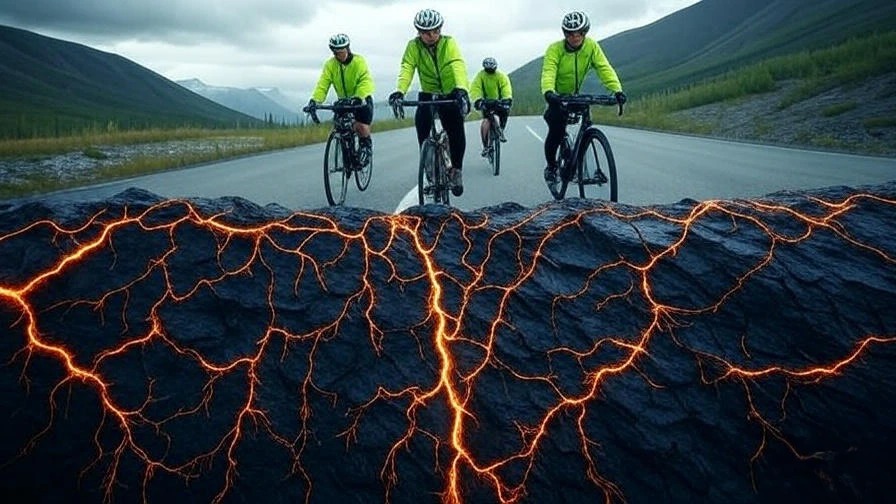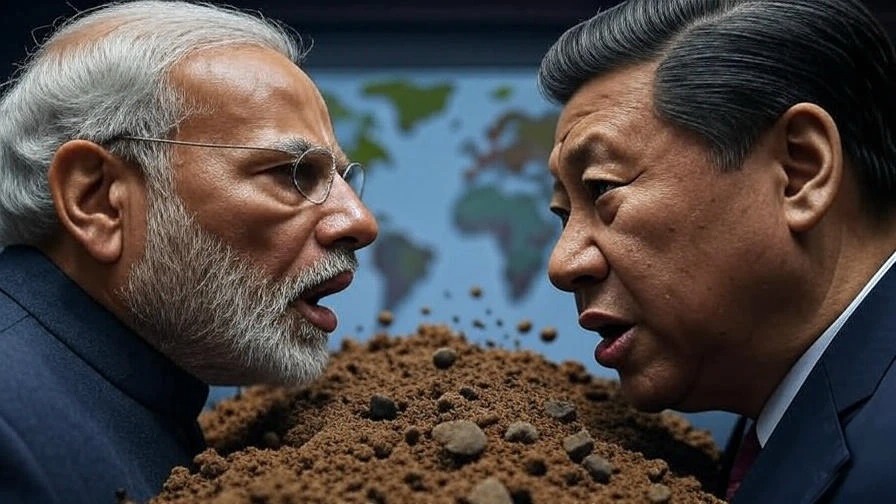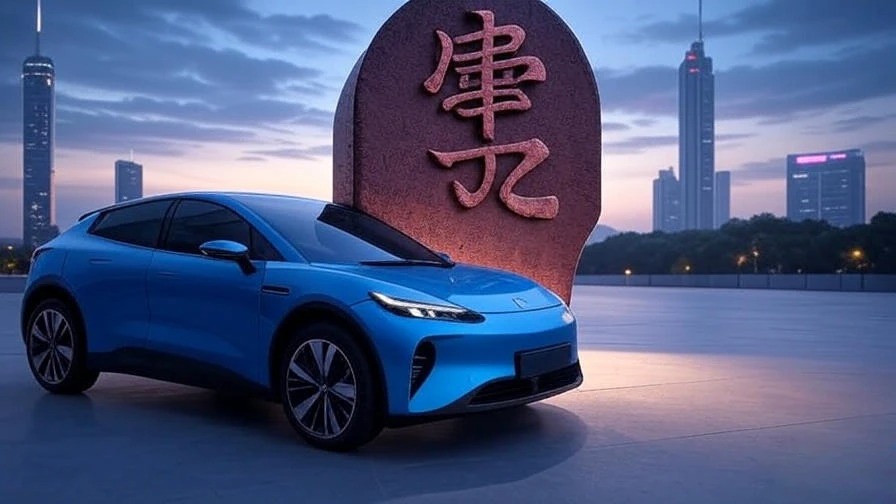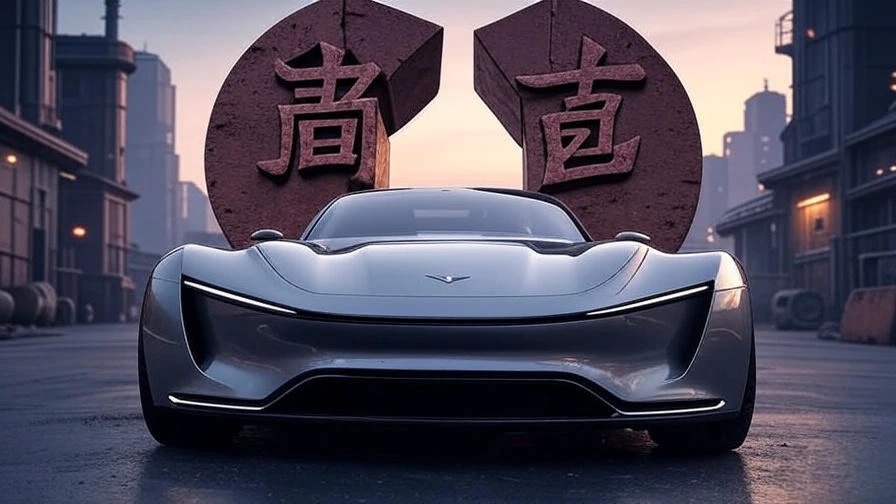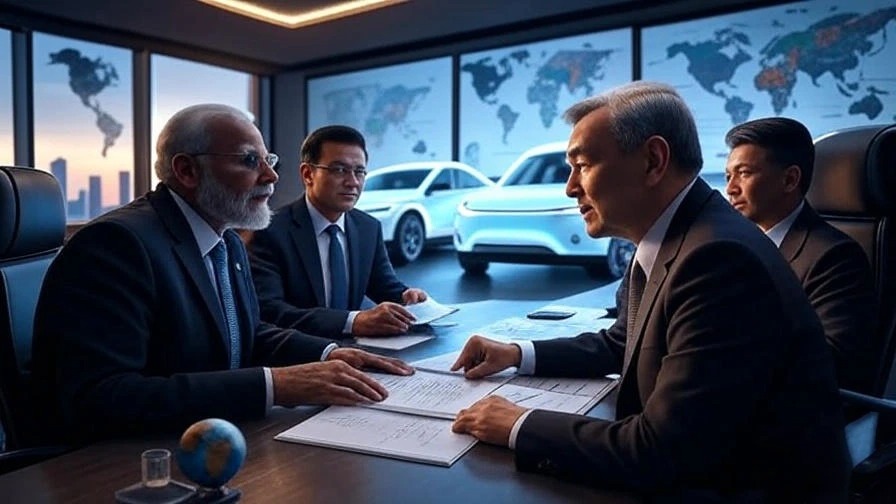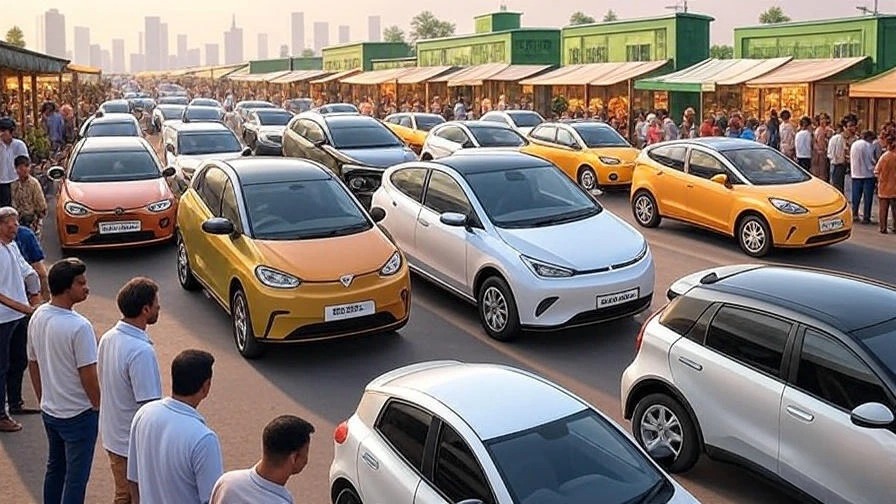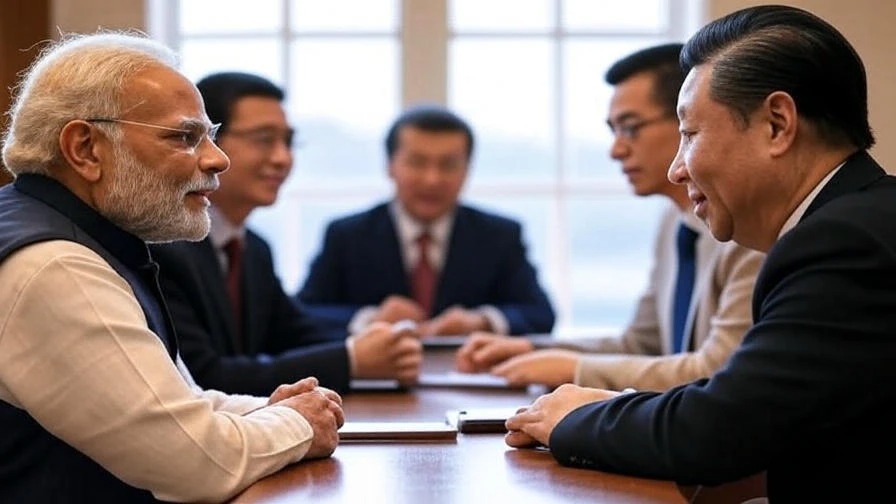A tragic cycling accident has united a community, while beneath their feet, the Whitehorse Copper Belt holds a resource that could reshape their economic future.
The story of Whitehorse, nestled in Canada’s Yukon Territory, reads like a tale of two cities. Above ground, a tight-knit community grapples with road safety after tragedy. Below ground, the historic Whitehorse Copper Belt lies waiting—a potential treasure trove that could transform this northern outpost into a critical player in the global green energy revolution.
When Tragedy Sparks Change

The rain couldn’t dampen the spirits of over 300 cyclists who gathered on June 16, 2025, for an extraordinary memorial ride. They weren’t celebrating a victory or marking a milestone – they were honoring Joseph Morrison, a beloved teacher whose life was cut short in a hit-and-run accident that shook the entire community.
Morrison’s death in June 2024 near Rabbit’s Foot Canyon became a rallying cry for safer active transportation in a city where cycling is a way of life. The memorial ride, starting from Holy Family Elementary School where Morrison taught, transformed grief into advocacy as hundreds pedaled along the same Alaska Highway where their friend lost his life.
The community’s pain deepened when Adam Lougheed pleaded guilty to charges including dangerous driving causing death. The senseless nature of the tragedy underscored the vulnerability that haunts Whitehorse’s active transportation community. Adding to this, renowned para-athlete Darryl Tait was struck while hand-cycling on the same highway just weeks before the memorial ride. His words – “we’re quite vulnerable out there” – echo the fears of countless cyclists.
The Underground Fortune: Reviving the Whitehorse Copper Belt

While the community advocates for safer streets, a different kind of movement is stirring beneath the surface. The Whitehorse Copper Belt, a 30-kilometer arc of mineral-rich terrain wrapping around the city’s western edge, is experiencing its most significant revival since operations ceased in 1982.
A History of Boom and Bust
This isn’t the region’s first dance with copper wealth. The area first shipped copper around 1900 from mines like Copper King. The second act began in 1967 when Whitehorse Copper launched an operation that employed a significant portion of the town’s population. By 1972, unexpected gold discoveries boosted its value. However, the curtain fell in 1982 amid economic recession. For over four decades, the potential of the Whitehorse Copper Belt lay dormant.
Green Energy’s Hunger and the Whitehorse Copper Belt
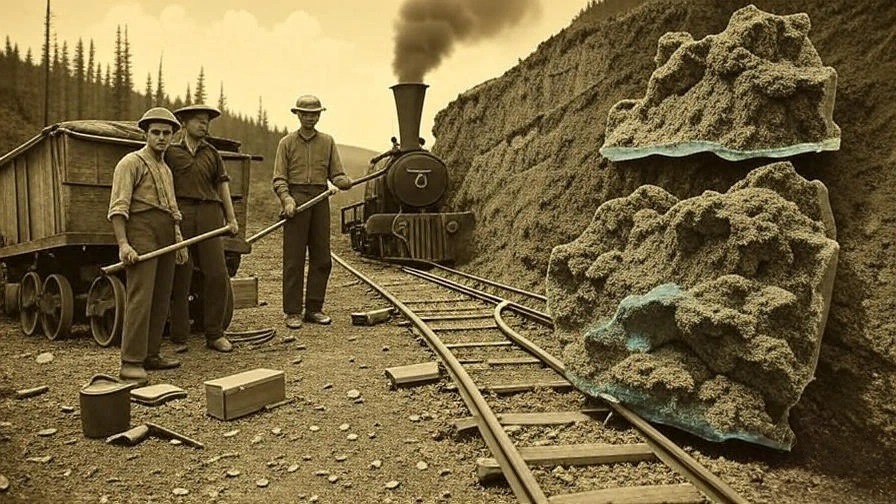
Today’s revival has a new catalyst: the global race toward electrification. Electric vehicles, renewable energy infrastructure, and power grids have an insatiable appetite for copper, which is now designated as a critical mineral in Canada.
Enter Gladiator Metals, the company betting big on the Whitehorse Copper Belt’s potential. Since 2023, they have launched an extensive exploration program using modern techniques:
- Re-examination of historical drill cores
- New diamond drilling
- Aerial remote sensing and advanced computer modeling
Their focus on historic sites like Cowley Park and Little Chief mine, viewed through the lens of 21st-century technology, could unlock immense value. With copper prices soaring, a successful operation could transform Whitehorse’s economy.
The Road Ahead: Balancing Opportunity and Responsibility
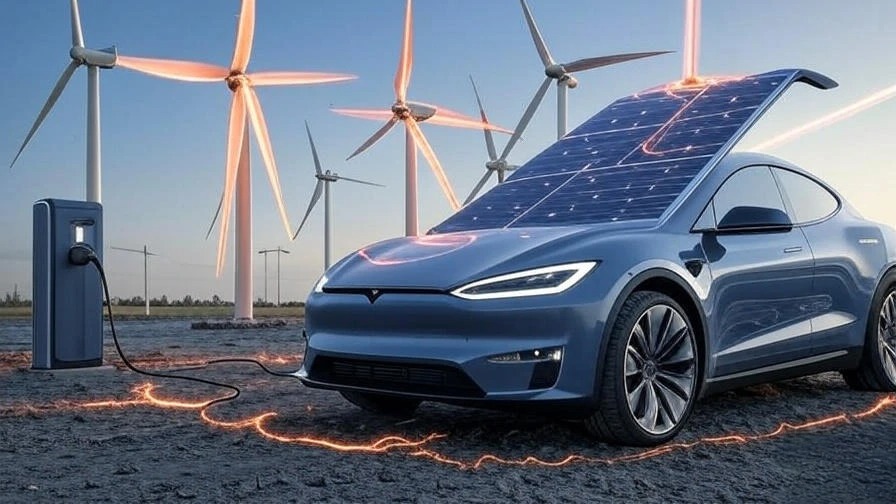
Whitehorse stands at a fascinating crossroads. The community demanding safer cycling infrastructure could soon manage the complexities of renewed mining. The economic potential is undeniable, promising high-paying jobs and tax revenue.
However, modern mining faces intense scrutiny. Gladiator Metals’ application for exploration is under review by the Yukon Environmental and Socio-economic Assessment Board (YESAB), the first step in a lengthy process that requires robust environmental and community consultation. This process is vital for any project within the Whitehorse Copper Belt to succeed sustainably.
A Tale of Two Futures: Resilience is the Common Ground
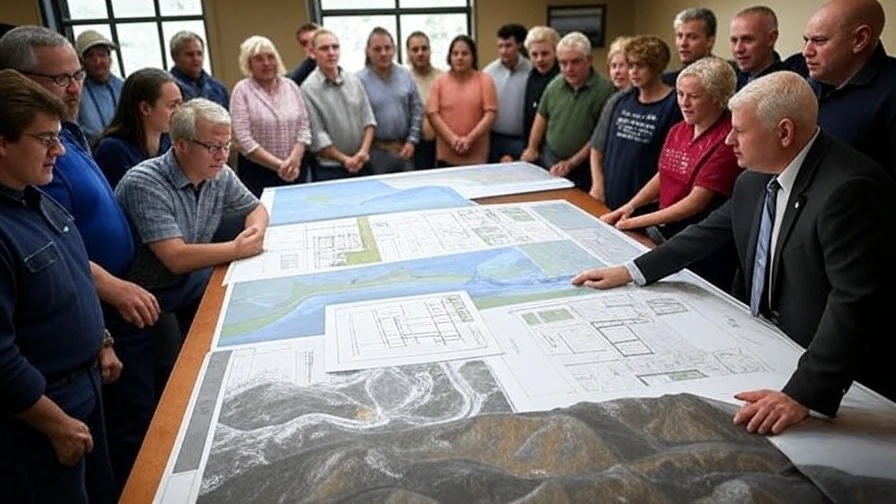
Whether discussing cycling safety or the Whitehorse Copper Belt, this community demonstrates remarkable resilience. The spirit that turned tragedy into advocacy will be invaluable in navigating mining’s return.
The Whitehorse Copper Belt may contain the riches to reshape a city, but the real treasure is the community’s ability to face challenges head-on. As global markets hunger for critical minerals and communities demand sustainable development, Whitehorse’s story is a powerful example of the balance between progress and people.

Disclaimer: This analysis is for informational purposes only and should not be construed as investment advice or a recommendation to buy or sell any securities or commodities. Mining operations involve significant risks including regulatory, environmental, technical, and market uncertainties. Feasibility depends on numerous factors including exploration results, commodity prices, regulatory approvals, and market conditions. Readers should conduct their own research and consult with qualified professionals before making investment decisions.
